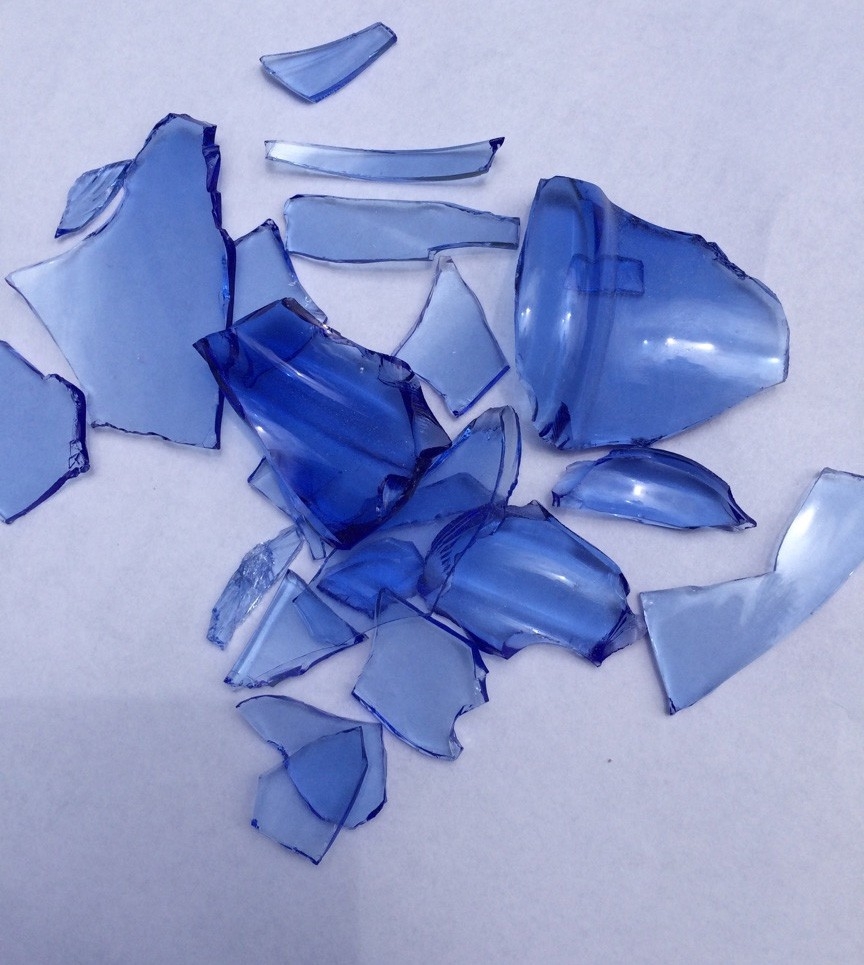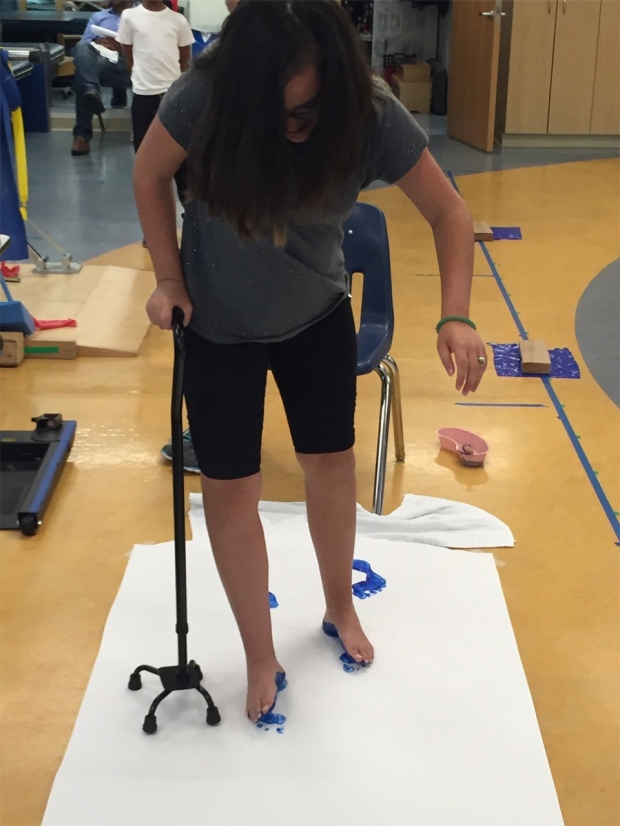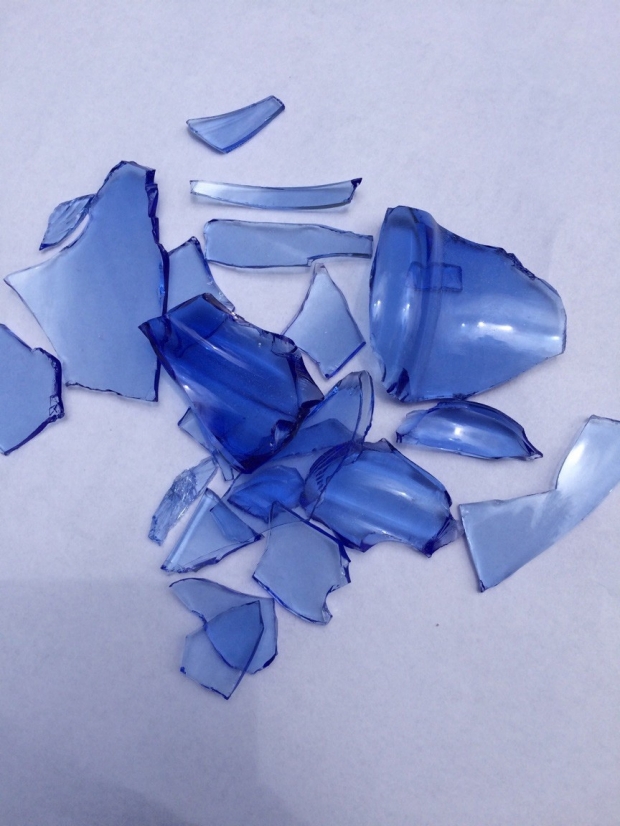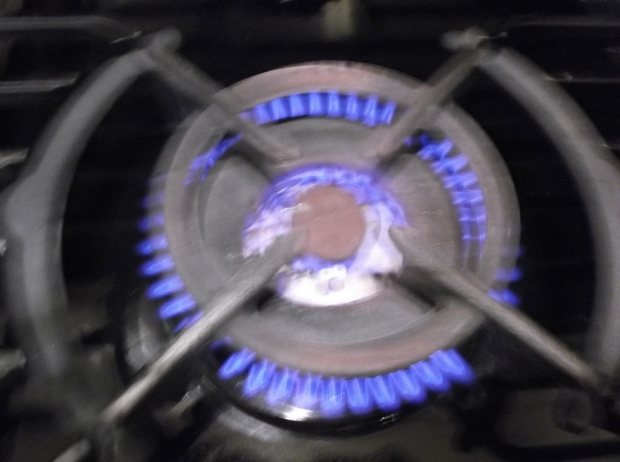Picture imperfect
Children depict chronic pain

By the time she sees them, psychologist Anya Griffin’s young patients have been in pain for months to years. In 2015, concerned that standardized questionnaires and 1-to-10 pain scales didn’t give a personalized view of their struggles, Griffin, PhD, decided to try something different.
Then newly hired as clinical director of the Pediatric Rehabilitation Program at Stanford Children’s Health’s Center for Rehabilitation Services, Griffin borrowed an approach that originated in public health research: asking patients to take photos to convey their perspectives, a method called photovoice.
Many of Griffin’s patients have complex regional pain syndrome, in which pain from an injury spirals out of control. The nervous system magnifies sensory input so that the lightest touch can cause fiery pain. Young people with the condition stop attending school, hanging out with friends, playing sports, taking music lessons, feeling like normal kids. The pain becomes its own disease.
“I am not in their bodies and I can’t possibly know what that experience is like,” Griffin says. “I wanted to capture that so that I understand what they’re experiencing and how it impacts their lives.”
The photovoice project is supported by a Medicine and the Muse seed grant, which helped fund the purchase of cameras for patients to use. At the conclusion of the rehabilitation program — which lasts four to 12 weeks and includes medical evaluation and treatment, intensive physical and occupational therapy, and individual, group and family sessions with pain psychologists — Griffin has each patient pick a “before” and “after” photo and explain them. Here are three:

“That was one of my very first days in the program,” says Laura, 14, of the photo of herself making blue footprints. A dancer before she fractured her left foot at age 10, Laura (a pseudonym) had been in pain for three years by the time she started the pain rehabilitation program in May 2015. The pain had spread all the way to her left hip, leaving her unable to walk without a cane. Dancing, singing and other art forms she’d once loved had fallen out of her life.
Painting with her feet was kind of fun. “But I couldn’t concentrate on the fun,” Laura says. “I was just constantly making sure I wouldn’t fall, focusing on the pain in my foot.”
Partway through the program, Laura videotaped herself and several other patients dancing. “When I was having a really bad pain flare-up, I’d go back and watch that video,” she says. “I’d think, oh yeah, I can do this! The pain isn’t everything. It isn’t me.”
By the time Laura’s parents took her to her grandma’s farm to celebrate her rehabilitation, she had progressed from walking without a cane to walking without a limp to running. With her CRPS in remission, she could also sit in the grass and feed her grandma’s goats, which would have been impossible a few months earlier.
“In the second photo I was finally at peace with myself,” she says. “I wasn’t battling my foot.”

When she entered the rehabilitation program in May 2015, 15-year-old Lily (a pseudonym) had excruciating pain in her left leg and her right arm, the symptoms of 10 months of CRPS. She was in a wheelchair and taking so many medications that she has little memory of the period. “My life was shattered; there was no putting it back together,” she says.
But with treatment, her life did come back together in a new way that she depicted in the second photo. “You can see it’s even more beautiful with all the different pieces. If you hold it up to the light it shines through and has this beautiful mosaic effect.”
Lily’s mom remembers how her initial bewilderment at watching Lily break the blue glass in the photos gave way to new understanding.
“She said, ‘See all these jagged edges? That’s the pain. It hurts, and nobody can touch me.’ It put a new picture in my head of how bad it was for her.”

In late 2015, the week before Alaina (a pseudonym) turned 12, she was playing on a swing when her right foot slammed into a root in the ground. Pain from the injury evolved into CRPS that spread as far as her right shoulder and interfered with activities she loved. Her deliberately out-of-focus photo of a lighted stove, taken in March 2016, represented both the physical sensation — “My foot felt like it was on fire” — and the mental effects of living with ongoing pain. “Everything you think and feel is a bit blurry,” Alaina says. “The rest of the world is not in focus at all.”
As her rehabilitation progressed, Alaina was able to stop using crutches. Soon after that, her pain went into remission, and she photographed the flower to symbolize her transformation.
“It felt like, ‘Spring is coming and everything is growing again, and that’s what my life is like, too,’” she says, adding that engaging with the photovoice project helped her heal. “Trying to get good photos gives you something to focus on,” she says. “It’s so cool: For a split second, you’re not thinking about the pain.”

